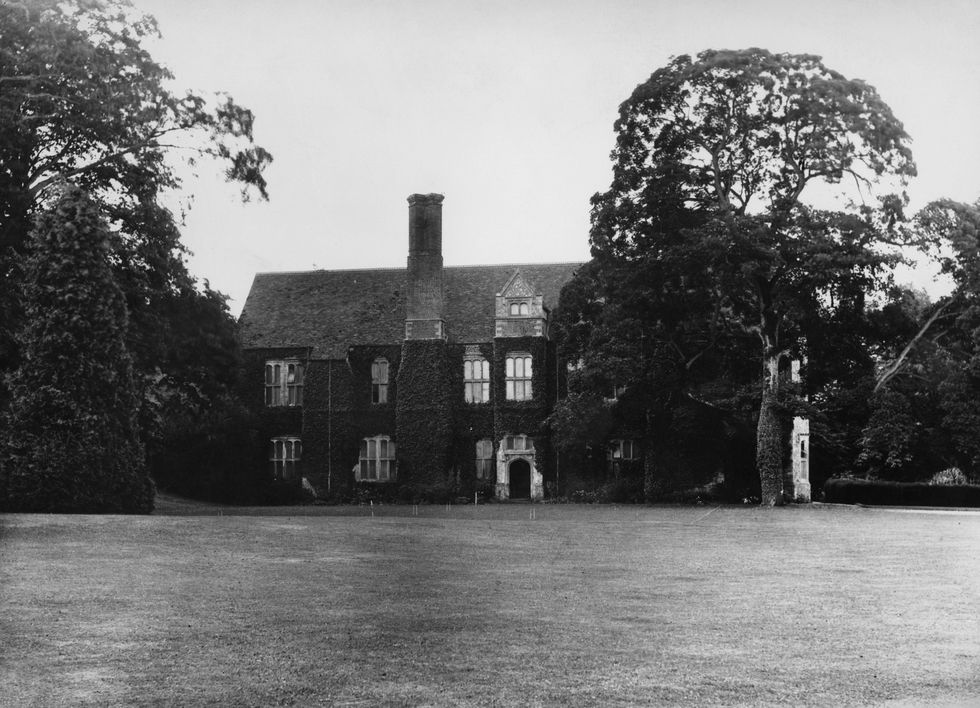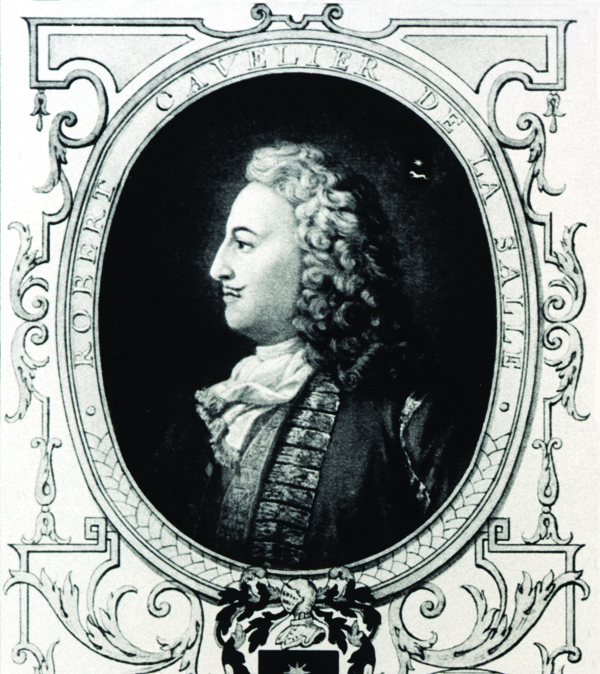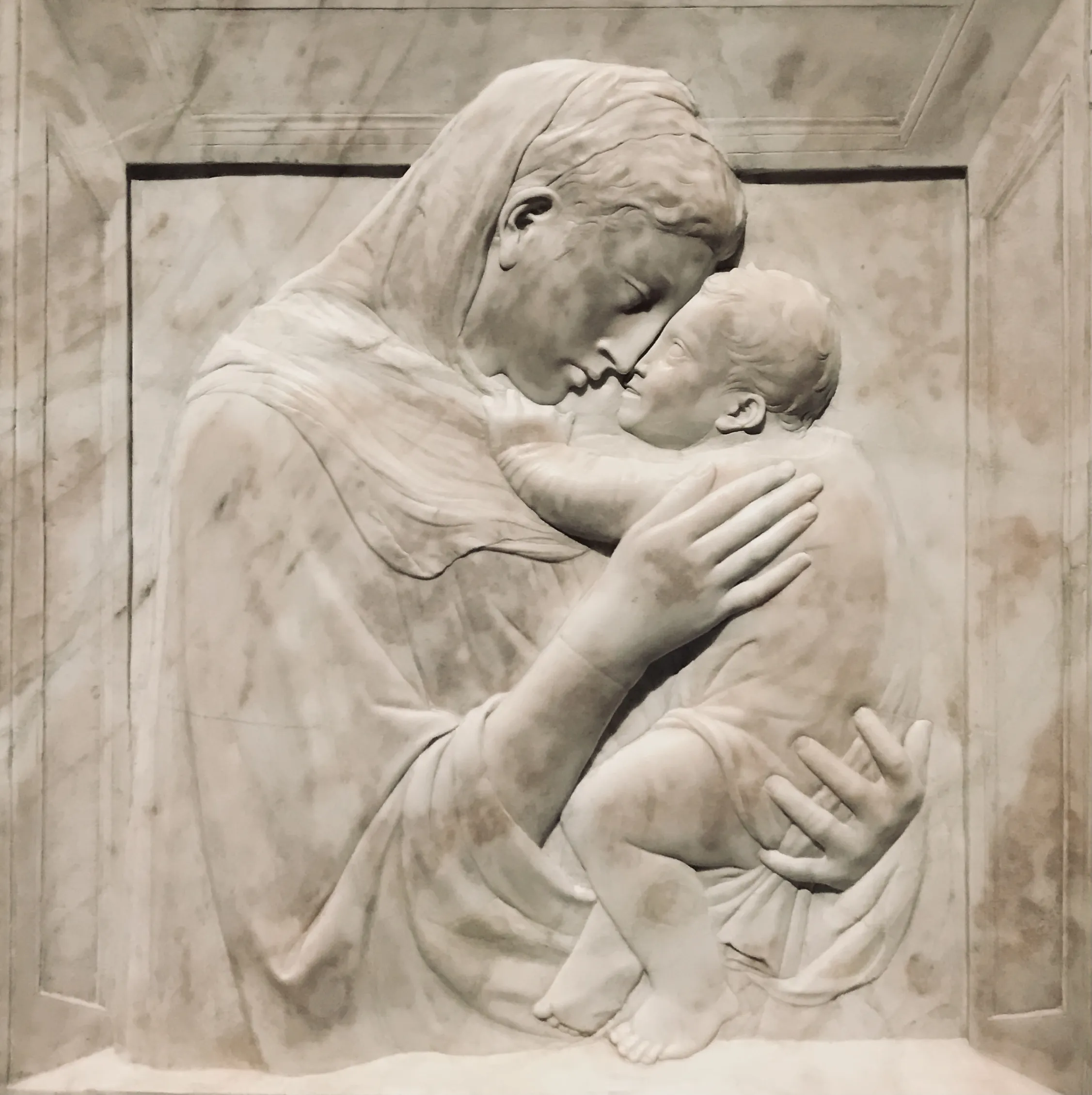March 6, 2017 was the 286th wedding anniversary of Augustine and Mary
Ball Washington, George Washington’s amazing parents. In addition to
calling to mind how grateful we are for their role in raising the boy
who would become our courageous General and first president, this
anniversary also provides us with an opportunity to discuss the
circumstances of Augustine and Mary’s marriage, their family, and their
eventful lives here in Stafford and Spotsylvania Counties.
It was not Augustine Washington’s first time to the altar. His
earlier marriage to Jane Butler in 1715 produced four children. Jane was
likely 16 when she gave birth to their first son, Butler, who died in
infancy. Butler was followed by Lawrence (b. 1718), Augustine Jr. (b.
1719 or 1720), and Jane (b. 1722). Their mother tragically passed away
in 1729 just shy of her thirtieth birthday. This left young Lawrence
(about 11 years old), Augustine Jr. (around ten), and Jane (about seven)
without a mother. Their devoted father immediately began a judicious
search for a proper wife for himself, a nurturing mother for his
children, and an experienced household manager.
He discovered such a gem in the Northern Neck’s attractive and highly
eligible maiden, Mary Ball. Mary’s family had thrived in the Virginia
Colony’s tidewater region for generations. Mary gained valuable
experience managing property from her mother, Mary Johnson Ball who
oversaw the family’s substantial resources after the death of Mary’s
father Joseph Ball when Mary was only three years old. Mary’s mother
again wed, and was soon widowed with additional resources to manage,
thanks to the generosity of her devoted husband. When Mary was only 13,
her mother passed away, and Mary joined the household of her older,
half-sister Elizabeth Johnson. Thereafter, childbirth and childrearing
became second nature to Mary who, as a loving aunt, gained valuable
experience helping to nurture her sister’s children and perfecting the
lessons in household management first learned under her mother’s
tutelage.
When it came to matrimony, anxious parents typically steered their
children toward appropriate choices, especially among established and
propertied clans as the Washington and Ball families. But death had
robbed both Augustine and Mary of their respective parents and their
wisdom. Some claim that Colonel George Eskridge, a prominent Northern
Neck Lawyer and family friend, helped bring this destined pair together.
While a parent’s concerns provided some guidance for young lovers, it
was only one of several considerations for eager suitors. Ideally, the
opportunity for social advancement, acquiring property (both land and
enslaved labor), financial security, and – of course – affection were
also carefully weighed.
Mistress Mary Ball rang all of these “bells:” She was experienced
with children. She had been tutored in plantation management and
household skills by her experienced mother. Mary Ball’s generous and
enviable dowry had accumulated to include 1000 acres of Virginia land,
enslaved laborers, horses, cattle, and sundry personal belongings.
Notably, the majority of her acreage bordered Augustine Washington’s
iron mine in Accokeek, just one of Mary’s assets that Augustine found
irresistible.
On March 6, 1731, the pair joined. Mary was about 23 and her new
husband Augustine was 37. Of Augustine’s three living children from his
first marriage, Lawrence, Augustine Jr., and Jane, it was Jane who
remained a daily part of their Westmoreland Plantation home. Mary
continued the household training that young Jane started learning from
her own mother. Lawrence and Augustine Jr. continued their education at
the Appleby Grammar school in England where their father had attended
school.
Before their first wedding anniversary, Mary and Augustine welcomed
their first son, George, into the world. He was born on February 11,
1731 (Old Style) in Westmoreland County. In all, their happy marriage
produced six children: George (1732), Betty (1733), Samuel (1734), John
Augustine (1736), Charles (1738), and Mildred (1740). All but little
Mildred survived to adulthood. (Read more.)




























